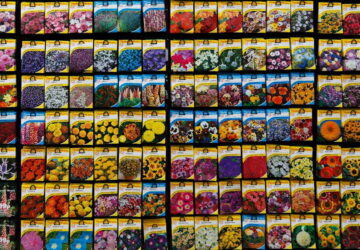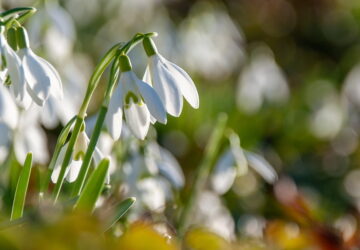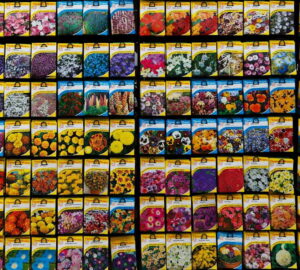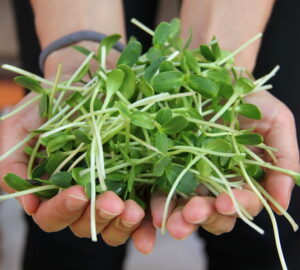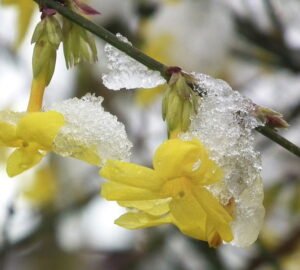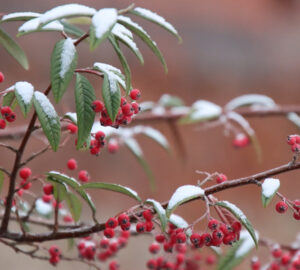As we step into July, our gardens are in full swing. Vegetables are ripening, herbs are flourishing, flowers are blooming, and fruit trees are starting to bear fruit. However, July also brings the challenges of extreme summer heat and the occasional flash flood caused by sudden summer showers. This article will guide you through essential July gardening tasks, taking into account the recent changes in weather patterns and providing tips on how to protect both your garden and yourself during these extreme conditions.
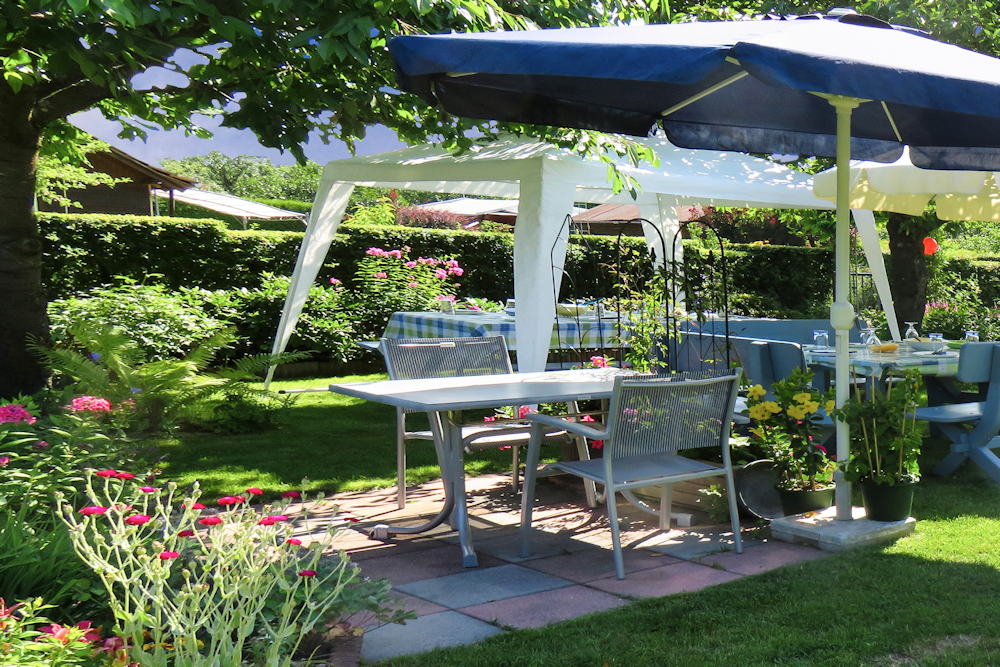
Vegetable Garden
Harvesting and Planting
July is a peak month for harvesting a variety of vegetables like tomatoes, cucumbers, zucchini, and peppers. Regular harvesting encourages continuous production. For a continuous supply, consider planting fast-growing crops such as radishes, lettuce, and spinach.
Watering
In the summer heat, watering becomes crucial. Water your vegetables early in the morning or late in the evening to minimize evaporation. Deep watering encourages roots to grow deeper, making plants more resilient to heat. Mulching with straw or compost can help retain soil moisture and keep roots cool.
Shade Protection
Consider providing shade for sensitive plants using shade cloths. This can prevent sunscald and reduce heat stress on plants.

Herb Garden
Pruning and Harvesting
Regularly prune your herbs to encourage bushier growth and prevent them from flowering prematurely. Harvest herbs like basil, mint, and parsley frequently to keep them productive.
Watering
Herbs generally require less water than vegetables but still need consistent moisture. Water deeply and allow the soil to dry out slightly between watering.
Mulching
Mulch around your herbs to conserve moisture and keep the soil cool. Organic mulches like straw, leaves, or grass clippings are excellent choices.
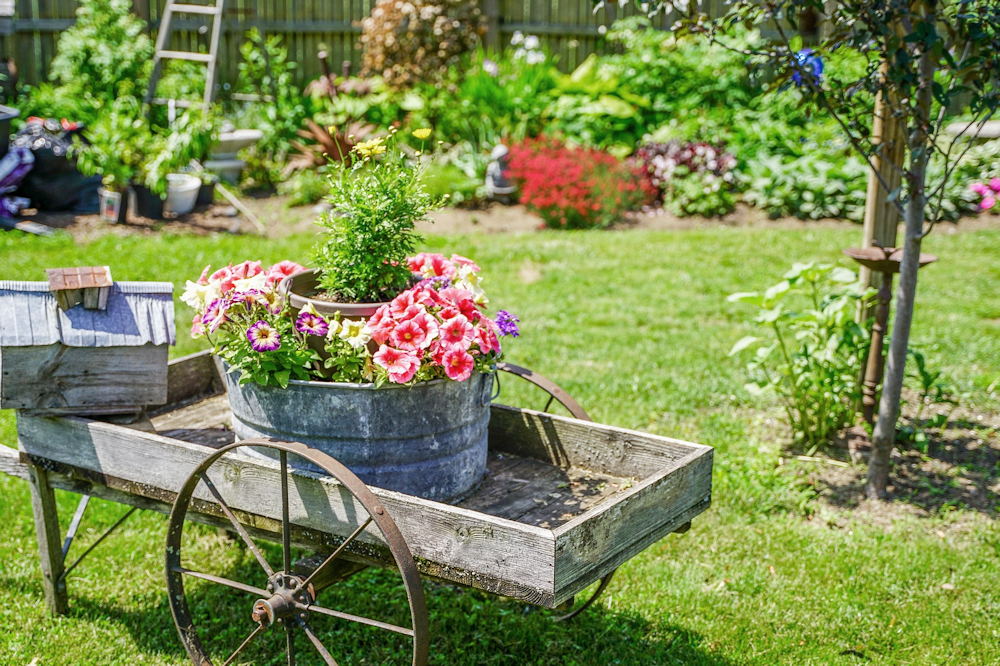
Flower Beds
Deadheading and Pruning
Deadhead spent flowers to encourage new blooms and keep your flower beds looking vibrant. Prune any overgrown plants to maintain shape and promote healthy growth.
Fertilizing
July is a good time to give your flowers a mid-season boost with a balanced fertilizer. This helps sustain their growth and flowering through the summer.
Watering
Watering flower beds deeply and less frequently encourages stronger root systems. Mulching can also help retain soil moisture and suppress weeds.
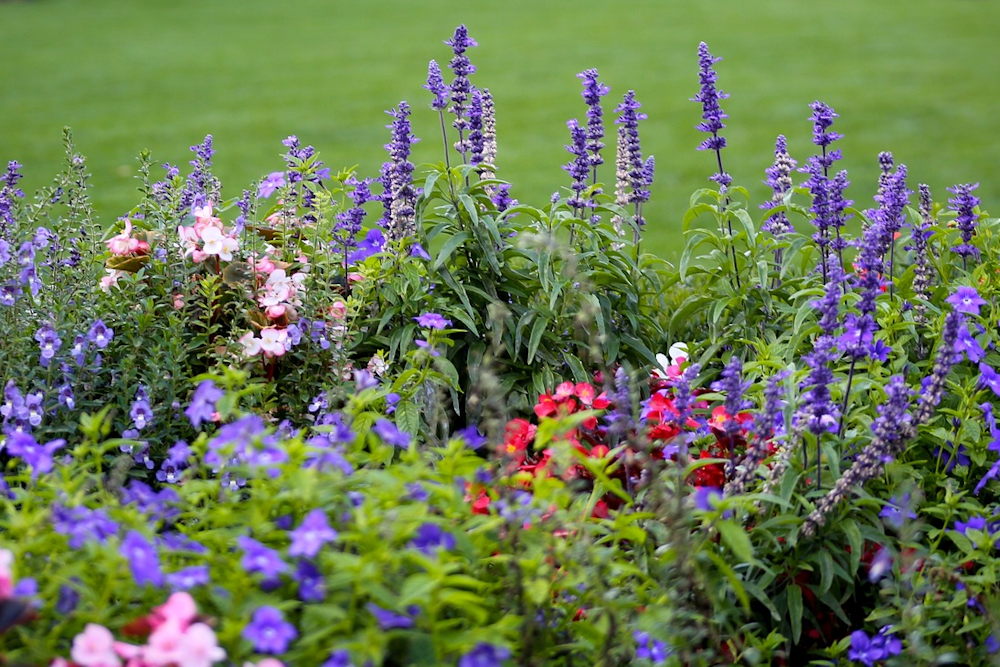
Fruit Trees
Thinning Fruits
If your fruit trees are overloaded, thin out the fruits to prevent branches from breaking and to ensure larger, healthier fruits.
Watering
Fruit trees need consistent watering, especially during fruit development. Deep watering once a week is typically sufficient, but adjust based on rainfall and soil conditions.
Pest and Disease Management
Keep an eye out for pests and diseases. Regular inspection and appropriate treatment can prevent serious damage to your fruit trees.

Lawn Care
Mowing
Raise your mower blades to leave grass taller. Taller grass shades the soil, reduces evaporation, and helps prevent weed growth.
Watering
Water your lawn early in the morning to reduce evaporation losses. Lawns generally need about an inch of water per week, including rainfall.
Aeration
If your lawn is heavily compacted, consider aerating it to improve water and nutrient absorption.
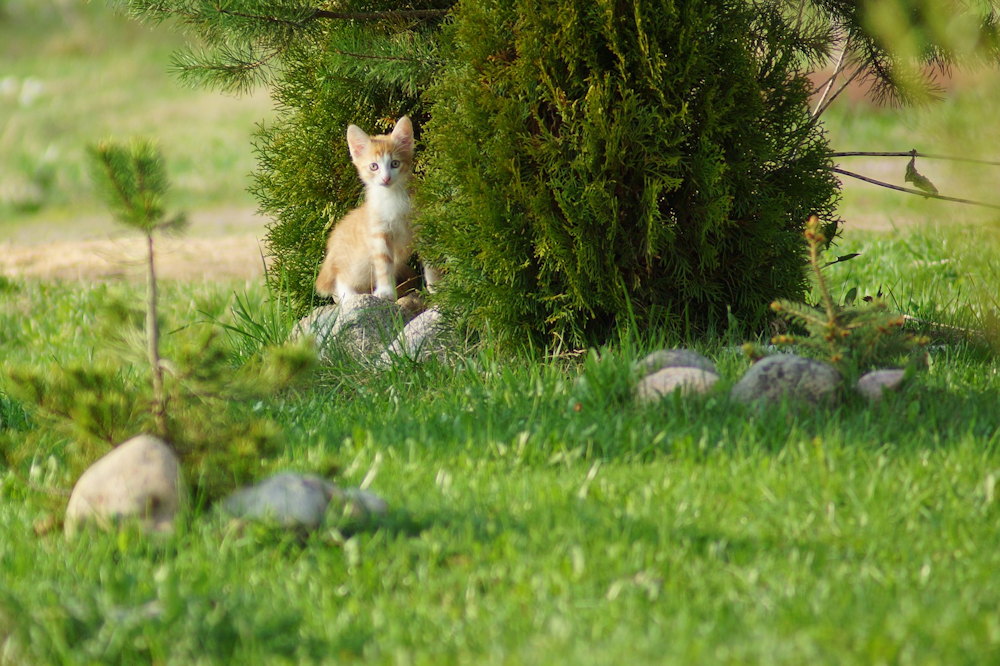
Preparing for Extreme Heat and Flash Floods
Mulching
Mulching is your garden’s best defense against extreme heat and sudden heavy rains. It helps regulate soil temperature, retains moisture, and prevents soil erosion during heavy showers.
Drip Irrigation
Consider installing a drip irrigation system. It delivers water directly to the plant roots, minimizing evaporation and ensuring efficient use of water.
Shade Cloths and Row Covers
Using shade cloths and row covers can protect plants from intense sunlight and heavy rains. These can be easily set up and provide much-needed relief for your plants.
Rain Barrels
Install rain barrels to collect and store rainwater from sudden showers. This not only helps conserve water but also provides a ready supply for dry periods.
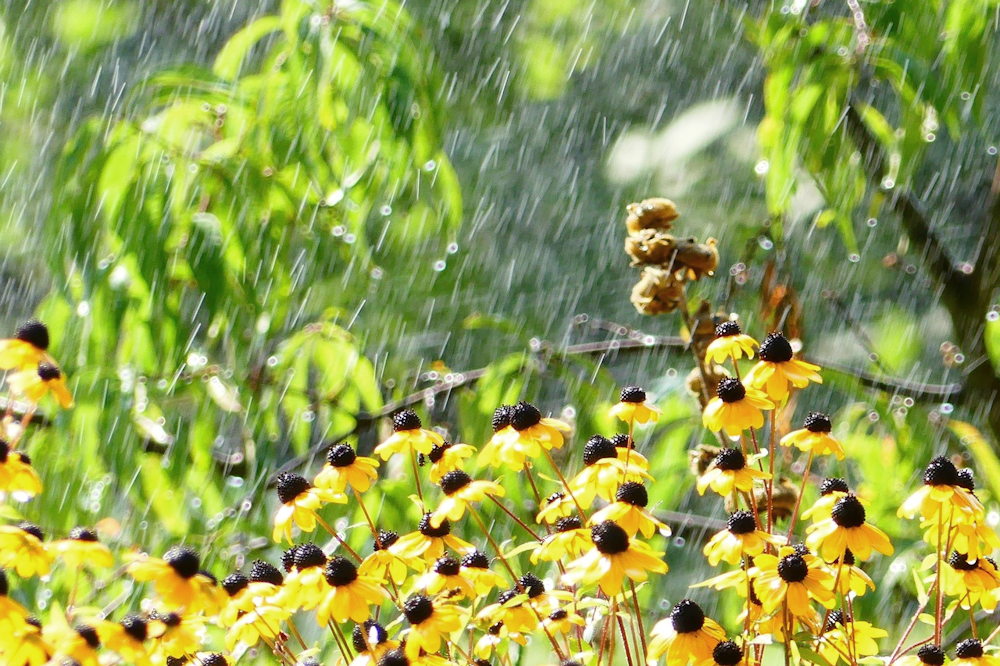
Personal Safety in Extreme Summer Weather
Hydration and Protection
Always stay hydrated and take frequent breaks when working in the garden. Wear lightweight, breathable clothing, a wide-brimmed hat, and sunscreen to protect yourself from the sun.
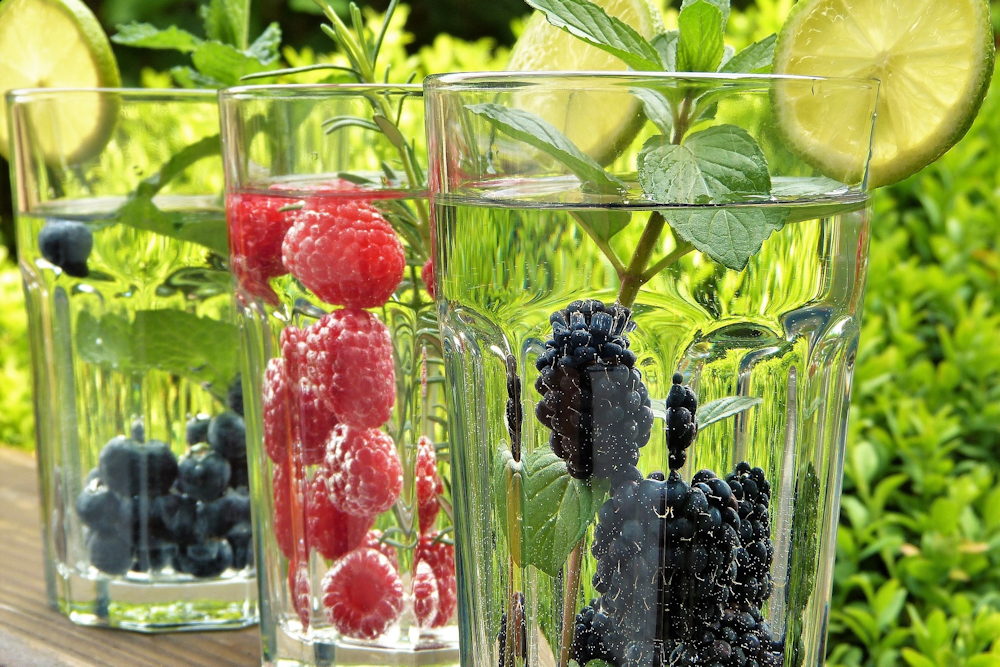
Timing Your Gardening
Avoid gardening during the hottest part of the day, typically between 10 AM and 4 PM. Early mornings and late evenings are cooler and more comfortable for both you and your plants.
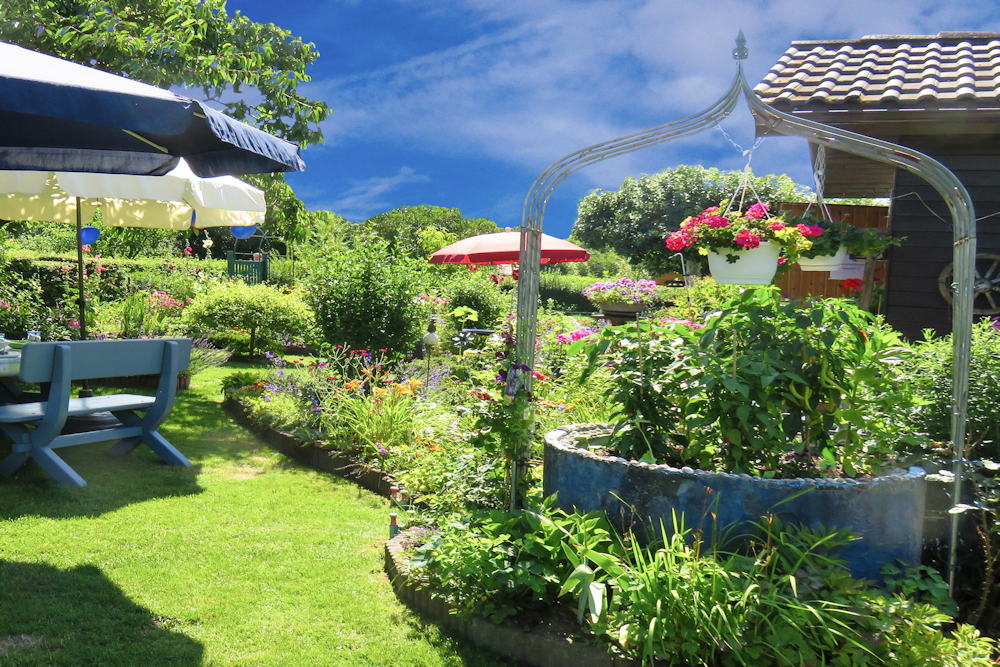
Monitor Weather Alerts
Stay informed about weather forecasts and alerts. This will help you prepare for sudden changes in weather, allowing you to protect your garden and plan your gardening activities accordingly.
By following these tips and being mindful of the changing weather patterns, you can ensure that your garden thrives through July and beyond. Happy gardening!
